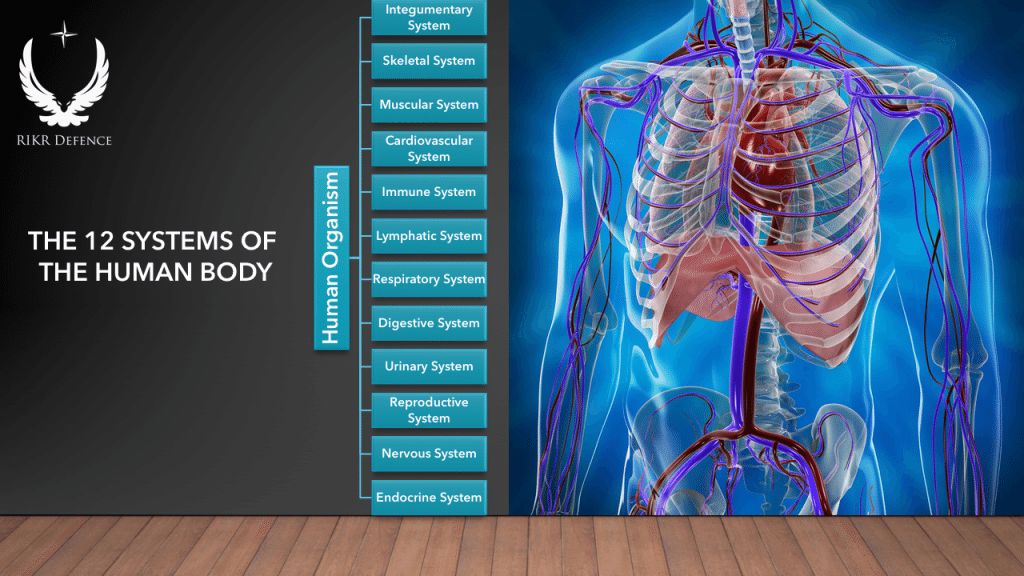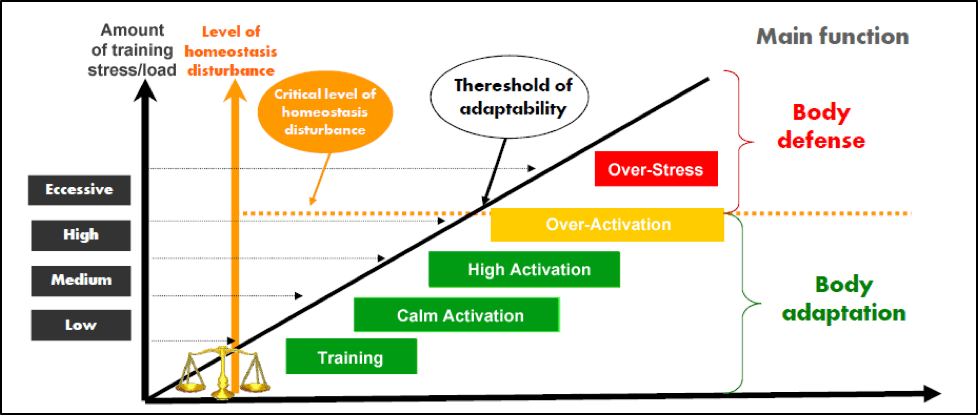Understanding The Human System & How To Make It Adapt
Many years ago I used to think that physical training was nothing but a matter of “do this to get that result”. In some ways it really can be that simple, depending on what your goals are. If you are a member of the “General Fitness” community, it actually is that simple. 3-5 sets of 10 reps with a heavy weight equals more muscle if you recover properly. Reduce carbs to cut fat. Done.
On the other hand, when you’re trying to meet a specific performance goal, it’s a bit more complicated. The higher the performance goal, the more complex the process becomes. The reason is that performance is like climbing Mount Everest. You can get away with anything in the valley of low performance. But the higher you go, the more the little things matter and the more likely they are to kill you on that mountain. When it comes to performance, the higher you go, the more all of the components of our mind, body and life matter and while they may not kill you, they will definitely stonewall you. Thus, if you’re going to train for high performance, you need to know what you’re dealing with.
Training The Human System
One of the primary issues is that people do not understand what the human body (including the mind) actually is. It’s not something you can just abuse and it magically adapts. The human being is a large scale biological organism composed of twelve interdependent systems. These 12 systems function synergistically and changes in one system results in changes in the other 11 systems.

The key state you have to understand is called “homeostasis”. Homeostasis is, “The tendency of a system, especially the physiological system of higher animals, to maintain internal stability, owing to the coordinated response of its parts to any situation or stimulus that would tend to disturb its normal condition or function.”
In other words, homeostasis is that drive to return our 12 body systems to “normal” following the occurrence of a stimulus. The stimulus disrupts the normal state of the tissues and the biochemical environment and the homeostatic processes repair it and return it to normal. However, this is not the whole story. Homeostasis is a delicate dance that must be properly understood. Homeostasis is actually a negative feedback system not just concerned with maintaining the status quo, but also obsessed with downsizing and efficiency. It’s always looking for ways to get rid of things like excessive muscle tissue it has to feed and maintain. That is why if you don’t use it, you lose it. It’s nature’s mad quest for efficiency. Thus, it is critical to understand that if a stimulus is not adequate to convince the body that you need that muscle, it will get rid of it. This can be very useful to the soldier and athlete though, because if the body becomes more neurologically and metabolically efficient, it can downsize the muscle mass and still do the job. For the perfect example of this one has only to examine professional rock climbers. These men and women have astonishing strength and stamina yet they do not possess massive muscles. Why? Because excessive muscle, beyond what is technically required, is massively inefficient and works against you.
On the other side of the bell curve is where the real danger lies. If the stimulus we introduce is excessive, we do more harm than good. There is a definite point of diminishing returns and then there is the absolute threshold for adaptation. Bear in mind that adaptation itself doesn’t mean it’s positive, negative or what we are looking for at all. It’s simply an adaptation from the original state. The objective of training is to provide enough of the right kind of stimulus to cause the adaptation we want without compromising health or wellbeing. We want to stress the body just enough or just a little more but definitely not too much. That sweet spot has been very elusive in the Western world but was well known in the USSR. Today we are rapidly improving the way we monitor this and as we do, training is able to make quantum leaps.
The least you need to know is:
- The human body is a large system of smaller interconnected systems. Disruptions in one cause disruptions in all. That can be good or bad.
- Physical training is a physical stress that causes tissue and biochemical disruptions that challenges our body’s homeostasis (present state).
- Homeostasis is a state and a process obsessed with biological downsizing and down-regulation (negative inflection). If you don’t convince it you need to keep what you have, you’ll lose it.
- Physical training is how we induce stress and stimulation to convince the homeostatic process to adapt toward our goal (or not in the case of dysfunctional training).
- There is a minimum stress threshold for adaptation. Not enough stress results in maintenance or atrophy (downsizing).
- There is a maximum threshold whereby we overload the body’s ability to adapt to training and the ability to recover at all. If we do this, the best our body can hope for is to return to the original state, not adapt in the direction we want. It is also common to cause so much damage that we actually lose ground, downregulating to save the organism. This is very bad and very common – most of you are doing it to some degree or another.
- You need to know how to optimize the physical training stress you place on the body to optimize recovery. The better you recover, the more training you can do in a week, month and year. This larger training volume makes all the difference.
Analysis Of Current Reality
In the assessment of current military fitness and physical training trends, several items become obvious when we consult practical experience and research:
- The focus of physical training is incorrect as it is directed at only the test events themselves, or at an equally nebulous or dysfunctional standard.
- The training itself is not optimized.
- It is often too little stimulus for star performers to obtain any benefit.
- It is most commonly excessive for the majority as it exceeds the maximal thresholds for adaptation.
- The assignment of the training variables is dysfunctional, thus wasting the training time training for the wrong biomotor ability.
- The military no longer uses the tried and true methods that kept training loads optimized for the individual such as ability groups.
- The training in general is not balanced. While a few movement patterns are trained aggressively, the rest are not, resulting in under-training and atrophy. These are then often subjected to excessive training when big changes in training are made and often this results in injury.
The least you need to know from the above is that you need to know what you’re training for and understand how to introduce balanced and optimized physical stress to the body. This ensures multi-lateral development, prevention of injury and predictable, measurable and repeatable progression toward the objective. Such programs are extremely rare. One such program is the Combat Foundation’s program from RIKR Defence. This program sets the foundational elements for military fitness development and exceeds current DOD standards. It is also the gateway to RIKR’s next three levels of training. This program contains detailed proprietary instructions on how to regulate your training loads to optimize recovery and adaptation.
In the next installment of this series we will examine the full spectrum components of military fitness and performance. These components are key in your quest for physical domination of the battlefield.



